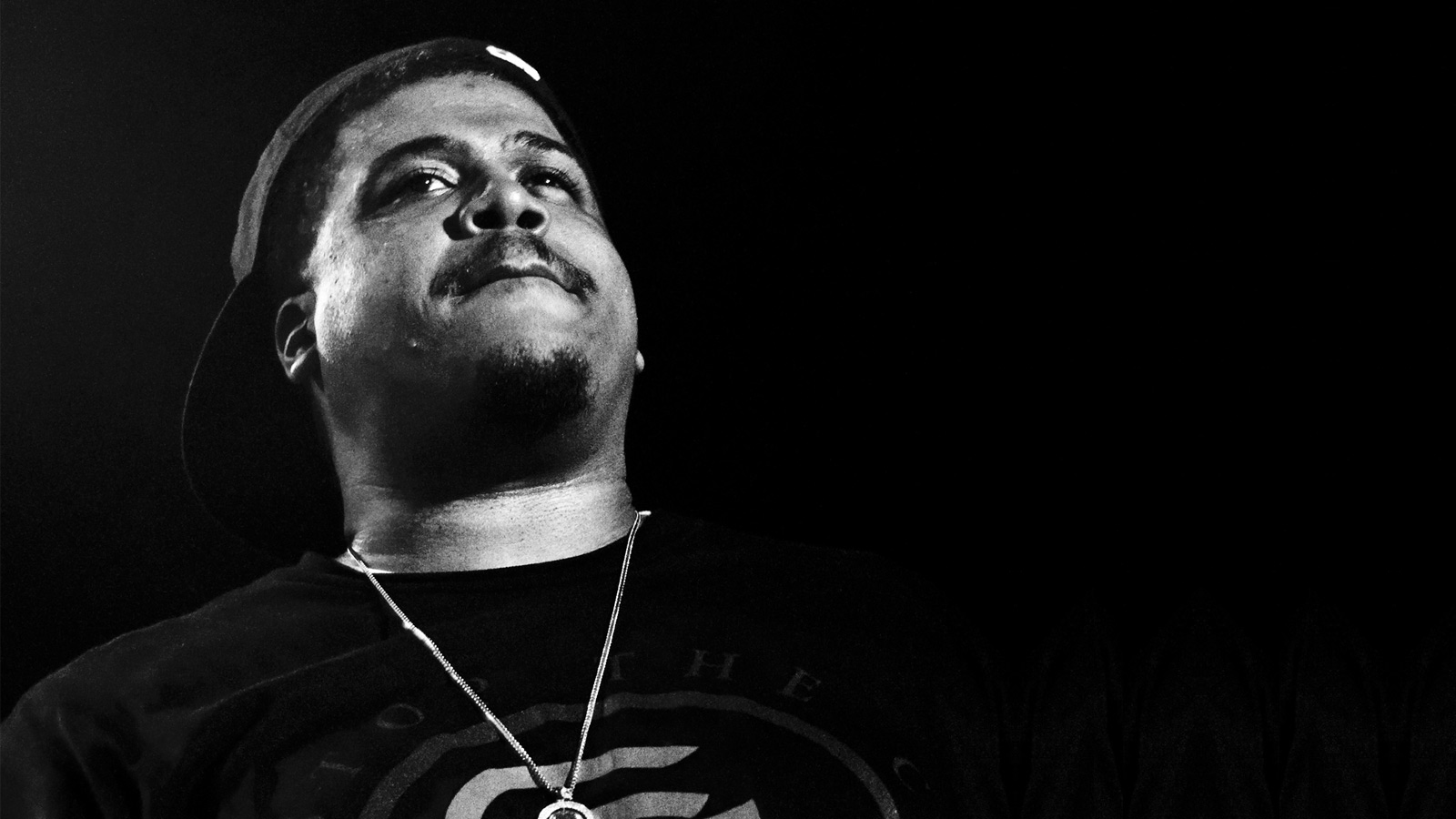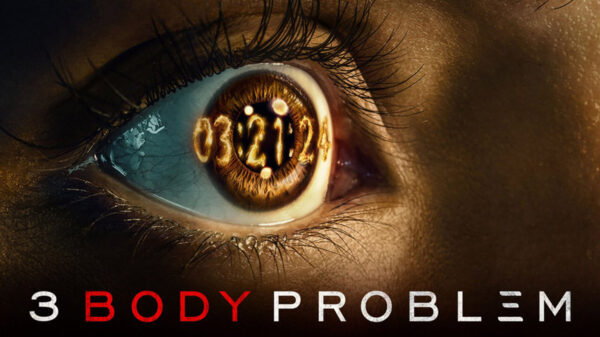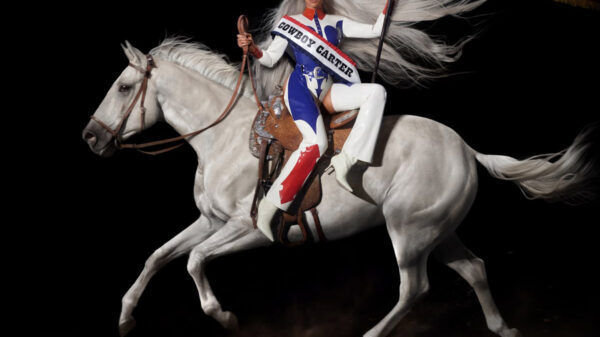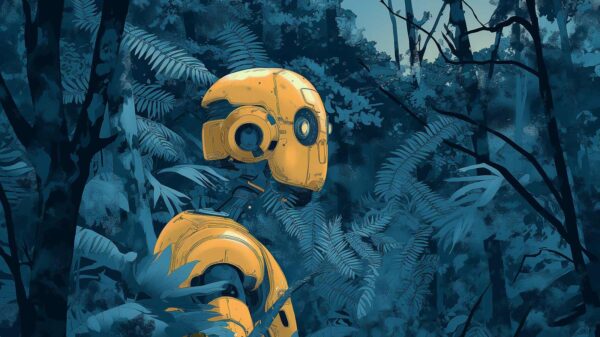David Jude Jolicoeur (better known as Trugoy The Dove and Plug 2), who has died at the age of 54, was a music disruptor who changed the sound and look of rap and hip-hop in the late 80s and 90s.
I first heard his voice on DJ John Peel’s BBC Radio 1 show in 1988. It was on De La Soul’s debut single Plug Tunin’ (Are You Ready For This). Like many teenagers back then, my finger was ready on the pause button to record any new hip-hop music from radio shows.
Plug Tunin’ featured a “new style of speak,” which is to say a new way of creating rap. You can hear it over the song’s concise samples of The Invitations, snippets of James Brown, Manzel and even Billy Joel.
In the lyrics, Trugoy and his bandmate Posdnous brought a new style, pattern and cadence to rap. The intro-verse-break-verse-outro song pattern that had become convention was disputed and a conversational approach to lyric delivery, with space for reflection, was built into De La’s song structures.
The arrival of De La Soul’s debut album Three Feet High And Rising early in 1989 affirmed their position as true rap innovators. The sound, format and visuals embodied in this album tested everything that had been established as tenets of hip-hop. They would go on to carve a new look and sound that would influence some of hip-hop and raps biggest artists today.
Giving hip-hop a new look and sound
Across 23 tracks (including several skits), Three Feet High And Rising brought the concept of “The D.A.I.S.Y. Age,” not a reimagined take on the flower power of the hippie era but as an acronym for “Da Inner Sound Y’all”.
While not immediately obvious, De La Soul’s inner sound is deeply reflective of the roots of rap.
Trugoy and Posdnous’s pseudonyms of Plug 1 and Plug 2 are a nod to the original emcee’s microphone check (mic check, one two). Homages to DJs can also be heard throughout their music, like the intense cut and scratch sounds in bridge sections in Jenifa Taught Me (Derwin’s Revenge) and Potholes In My Lawn.
They incorporated skits into many of their tracks, which also nodded to the shoulders on which they stood. For instance, the skit in Cool Breeze On The Rocks pays homage to two generations of rappers through montaged soundbites from The Fearless Four, The Treacherous Three, Crash Crew, Cut Master D.C. and MC Lyte.
However, De La Soul’s lyrics were also a challenge to the braggadocio rap tradition. Through a less hard-edged approach, the songs that comprise the album Three Feet High And Rising are a series of stories thoughtfully contextualising and calling out the growing nihilistic essence of rap. They also used visuals to do this.
In the music video of Me Myself And I from Three Feet High And Rising, the trio shuffle cautiously into a high school classroom. Trugoy is seen uncomfortably taking a seat, removing his jacket to reveal a pale green polka dot shirt as he opens with:
Mirror mirror on the wall, tell me mirror what is wrong?
Can it be my De La clothes or is it just my De La song?
The song’s overarching narrative explores De La Soul’s image, identity and approach to hip-hop, while the video focuses on the culture’s canon of artefacts, accessories and tropes. By the close of 1988, Kangol hats, fat gold rope chains, three-finger knuckle rings, sneakers, tracksuits, Cazal eyewear and high-top fade haircuts collectively represented the personal accessories of hip-hop.
In the video, De La Soul’s classmates wear these accessories to portray their hip-hop identity as they tease Trugoy and Posdnous for their clothing. Enter the teacher – complete with boom box and mobile phone – imagined as “Prof DefBeat”.
He teaches the class “the stance” (the classic hip-hop pose) while miming the instructions written on the chalkboard – arms crossed, hunched, shoulders up. The bright pop colours of the video bring humour to the scenario, yet the narrative clearly invites the audience to question the representations of hip-hop.
Three Feet High and Rising became a global hit with four successful singles, and, despite their breaking away and questioning of what hip-hop was, the album was widely praised within the hip-hop community as well.
Genre-blending genius
Not limited to the world of hip-hop they embarked on several genre-blending collaborations. Notable among these was their guesting on Gorillaz’ Feel Good Inc, for which they won a Grammy. They also featured a wide range of artists on their final studio album And The Anonymous Nobody, including cellist and composer Okorie Johnson, rock singer David Byrne, soul singer Jill Scott and Gorillaz and Blur indie singer Damon Albarn.
Trugoy remains a central figure in the seismic shift in identity and production of hip-hop since the late 1980s. As one-third of De La Soul, he challenged the stereotyped cadence of rap and the 16-bar solo verse, paving the way for identity-driven artists such as Camp Lo and many popular rappers today, like Kendrick Lamar, Frank Ocean and Childish Gambino.
Taking a departure from the sort of music they were expected to sample and expanding the breadth of their source material, De La Soul further questioned the expanse of hip-hop culture and its materialistic desires. As many of their productions charted globally, these are more than mere crossover songs, within lies ideas which cut across genres.
For example, Ring Ring Ring (Ha Ha Hey) and its reimagined sung chorus of Curiosity Killed The Cat’s Name And Number. These genre-crossing ideas not only challenge the canonical trajectory of rap but also influenced the wider practice of songwriting.
Trugoy The Dove will be sorely missed not only throughout the global hip-hop fraternity but across the world of music. His work from the past 35 years will continue to inspire new generations of artists, producers, rappers, singers and songwriters.
Written by Adam de Paor-Evans, Associate Lecturer, School of Art, Design and Architecture, University of Plymouth
This article is republished from The Conversation under a Creative Commons license. Read the original article.
![]()
5 Ways to Support HipHopCanada:
- Submit Your Music
- Follow Canadian Fresh (HipHopCanada’s Spotify Playlist)
- Follow us on Instagram
- Follow us on X (Twitter)
- Like us on Facebook



















































